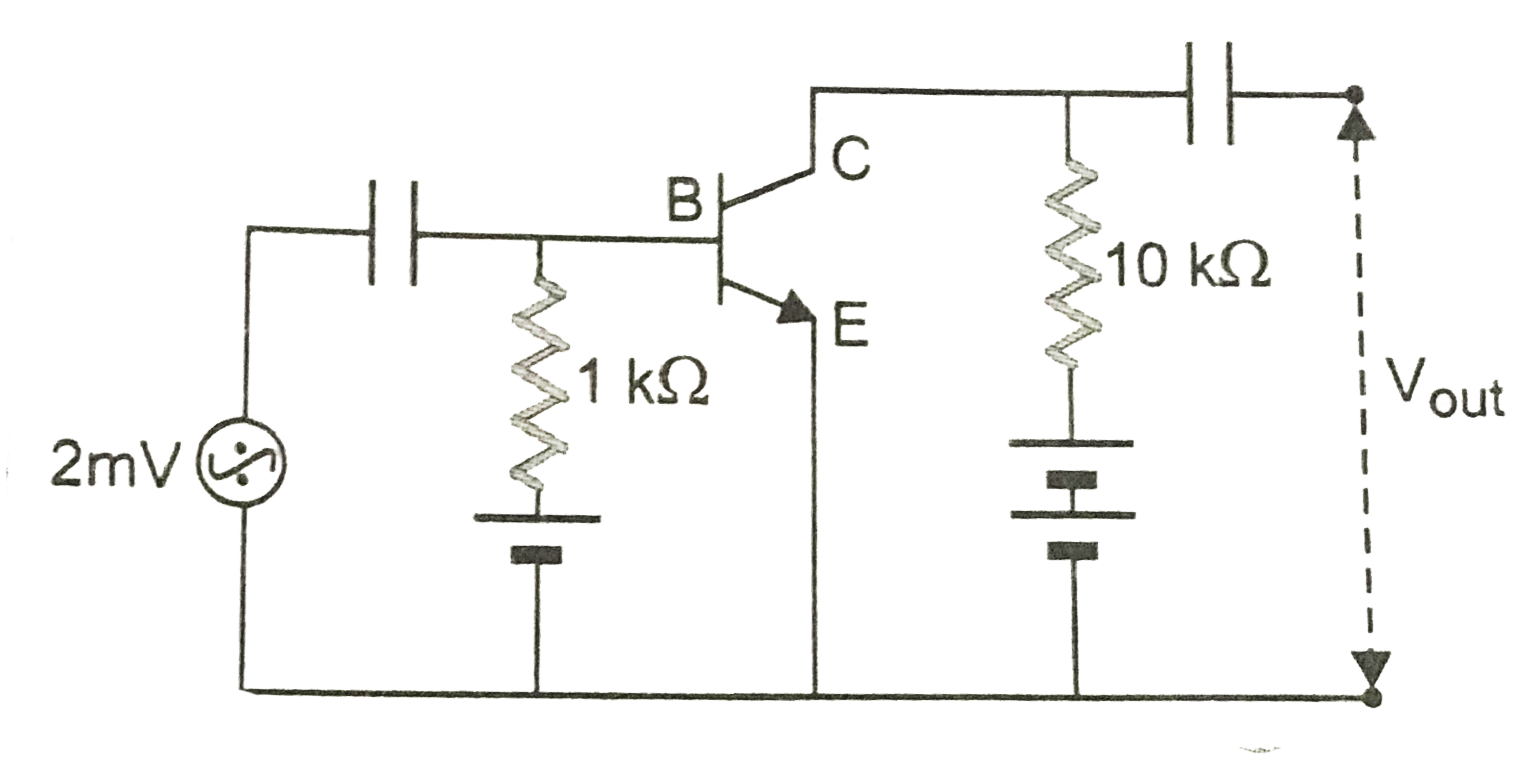In the use of transistor an an amplifier
the emitter - base junction is forward baised and the collector-base junction is reverse biased
both the junctions are forward biased
any of the two junctions may be forward biased
none of these
The correct Answer is:A
Similar Questions
Knowledge Check
In the use of transistor as an amplifier
Athe emitter - base junction is revrese biased and the collector base junction is also revrese biasedBthe emitter - base junction is forward biased and the collector -base junction is reverse biasedCboth the junctions are forward biasedDany of the two junctions may be forward biasedTo use a transistor as an amplifier
Athe emitter base junction of forward biased and the base collector junction is reversed biasedBno bias voltage is requiredCboth junctions are forward biasedDboth junction are reverse biasedThe transfer characteristics of a base biased transistor has the operation regions, namely, cutoff, active region and saturation region. For using the transistor as an amplifier it has to operate in the
Aactive regionBcutoff regionCsaturation regionDcutoff and saturation
State the relation for the voltage gain in terms of trans-conductance, using transistor as an amplifier.
View SolutionState the relation for the voltage gain in terms of trans-conductance, using transistor as an amplifier.
View SolutionThe transfer characteristics of a base biased transistor has the operation regions, namely, cutoff, active region and saturation region. For using the transistor as an amplifier it has to operate in the
View SolutionThe transfer characteristics of a base biased transistor has the operation regions, namely, cutoff, active region and saturation region. For using the transistor as an amplifier it has to operate in the
View SolutionIn the common emitter amplifier circuit, Fig. an npn transistor with output voltage of the amplifier as 1 V, the current gain of transistor amplifier is :

View Solution
